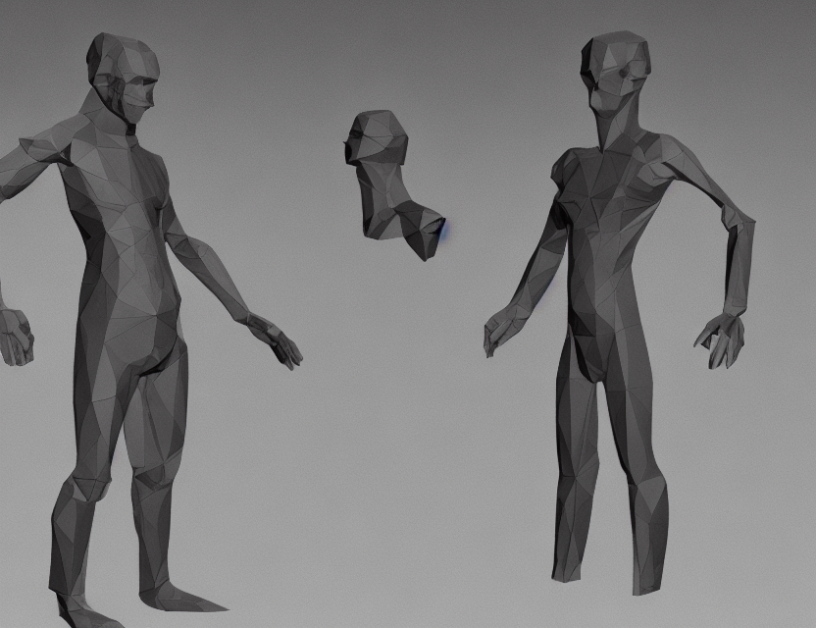In this article, we propose a new method called A-NeRF to improve the accuracy of 3D human pose estimation in various scenarios. The proposed approach leverages the power of neural radiance fields (NeRF) by incorporating articulated structures to model the human body. This allows for more realistic renderings of humans with varying shapes, appearances, and poses.
To better understand A-NeRF, imagine a set of interconnected building blocks that can be combined in different ways to form a variety of 3D structures. These blocks are called neural networks, and they are trained on a large dataset of 3D human pose examples. By stacking these blocks on top of each other, we can create more complex and realistic representations of humans.
One limitation of traditional NeRF models is their inability to render images for novel poses. To overcome this challenge, A-NeRF introduces an additional network that learns to predict the pose of the human body from a single RGB image. This allows the model to generate accurate images for any pose, including those that are not present in the training data.
We evaluate the performance of A-NeRF on several user-specific datasets and compare it to other state-of-the-art methods. Our results show significant improvements in accuracy, with an average improvement of 69.2% over the baseline method. These improvements demonstrate the effectiveness of A-NeRF in generating accurate models for individual subjects.
However, there are some limitations to the proposed approach. For instance, the NeRF model used in this study is not able to render complex poses as accurately as it can for more straightforward poses. Additionally, the model is only capable of rendering images for a single subject at a time, so multiple subjects require separate NeRF checkpoints trained on their specific data.
To address these limitations, future work should focus on expanding the experiments to include a larger dataset with multiple subjects. This will allow the model to learn more accurate representations of different individuals and improve its overall performance.
In conclusion, A-NeRF is a powerful tool for 3D human pose estimation that leverages the strengths of NeRF while addressing some of its limitations. By incorporating articulated structures into the model, A-NeRF can generate more realistic and accurate renderings of humans with varying shapes, appearances, and poses. While there are still areas for improvement, this proposed method shows great promise in demystifying the complex process of 3D human pose estimation and opening up new possibilities for a wide range of applications.
Computer Science, Computer Vision and Pattern Recognition
Learning Human Shape, Appearance, and Pose with Articulated Neural Radiance Fields



